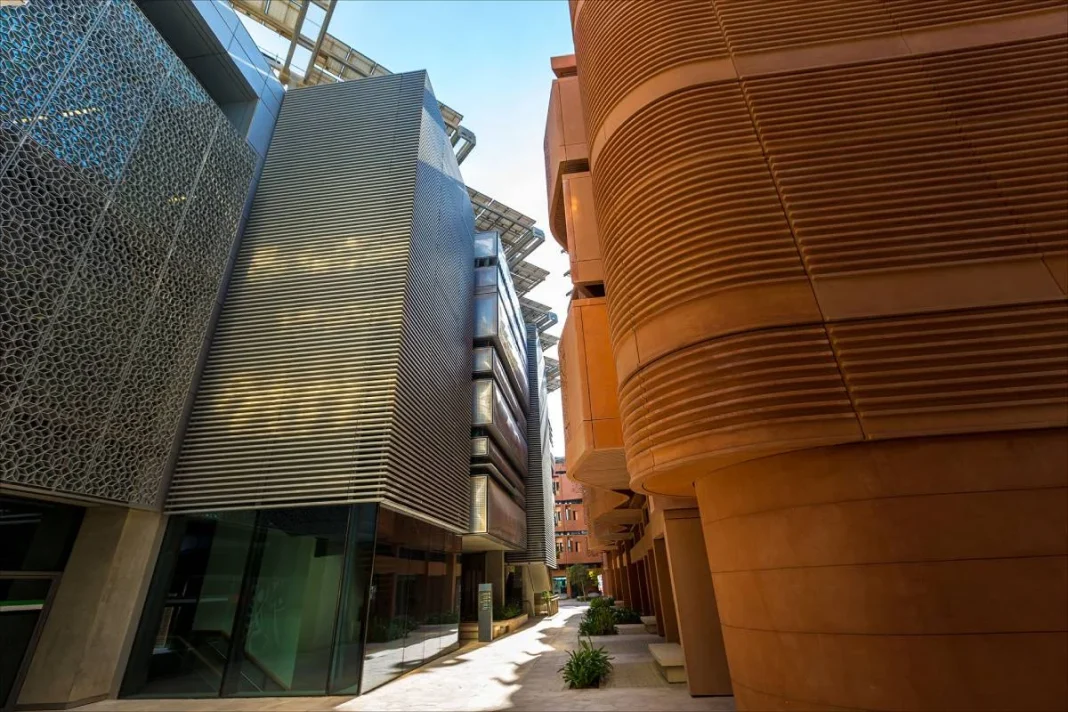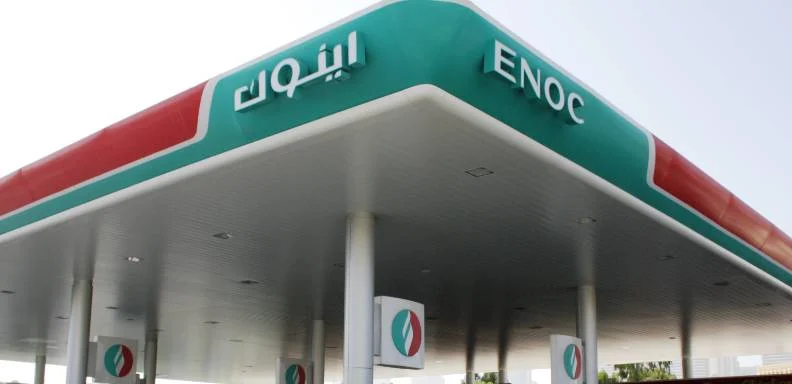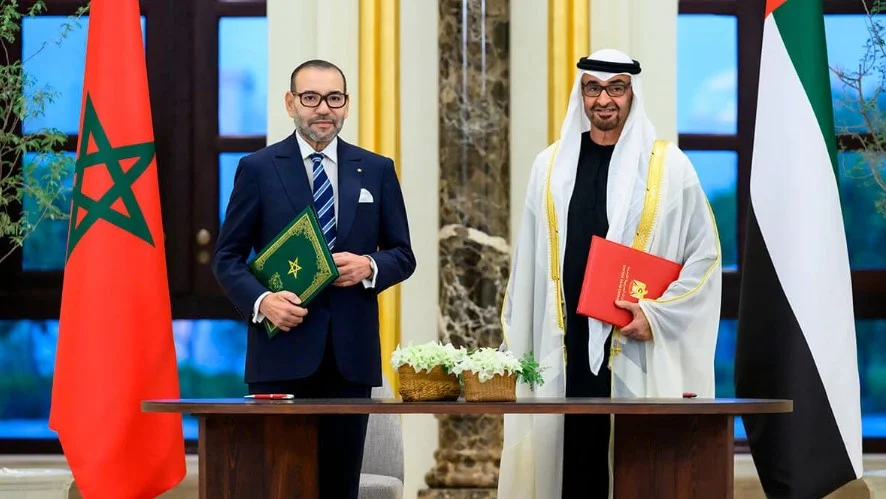A city where the desert temperature is not overwhelming is possible near Abu Dhabi. In the city of Masdar, the unbearable climate of the United Arab Emirates can be tackled with cutting-edge technology that can withstand the 50 degrees of heat felt in these latitudes.
Known as Masdar City, it spans just 6 square kilometers, but its architecture is among the most innovative in terms of construction, as the walls of its buildings are designed to endure high temperatures. This site was designed by the Emirati public renewable technology company Masdar in collaboration with the firm Foster & Partners, where they studied the climatic conditions and adapted the technology to their designs.
What is the “sustainable” city like just steps from Abu Dhabi?
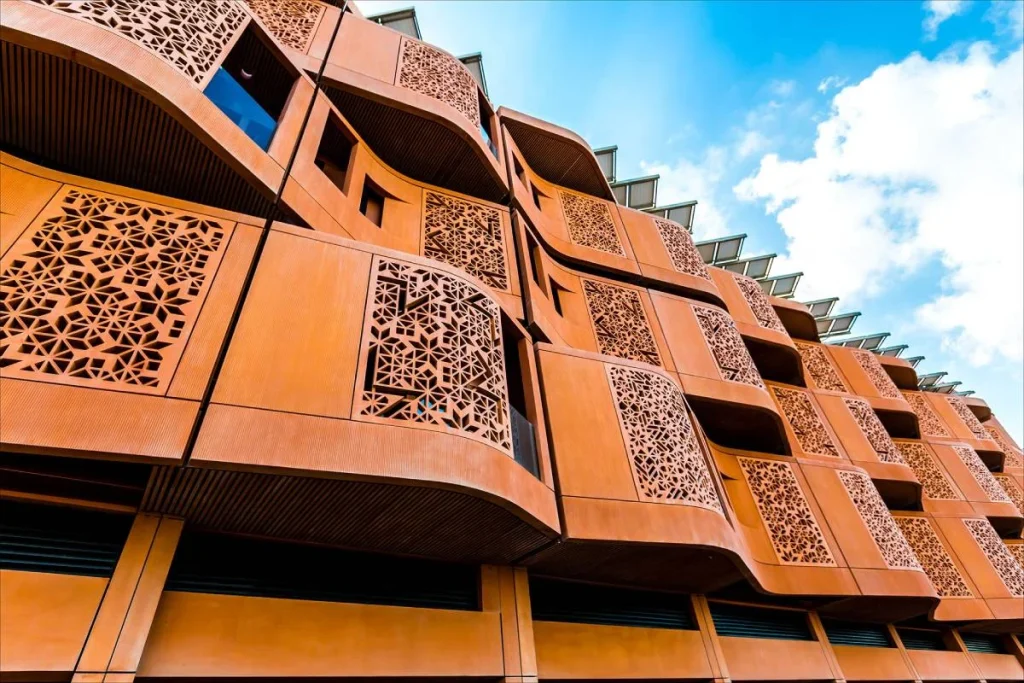
Masdar City has just six square kilometers and is built in such a way that the wind blows there in a special manner, allowing it to be harnessed and distributed through a tower that stands in the middle. Compared to nearby Abu Dhabi, the temperatures recorded there are 15 to 10 degrees lower than in the capital, and the layout of the streets plays a significant role in this regard.
The streets are narrow, with walkways that take advantage of shade and feature a variety of tree species. All this creates a natural ventilation system that contributes to a considerable reduction in temperature during times when the desert sun is relentless. Due to this design, the city does not have cars; instead, the four thousand people who live there move around in golf carts.
Masdar, the pioneering city in sustainable development.
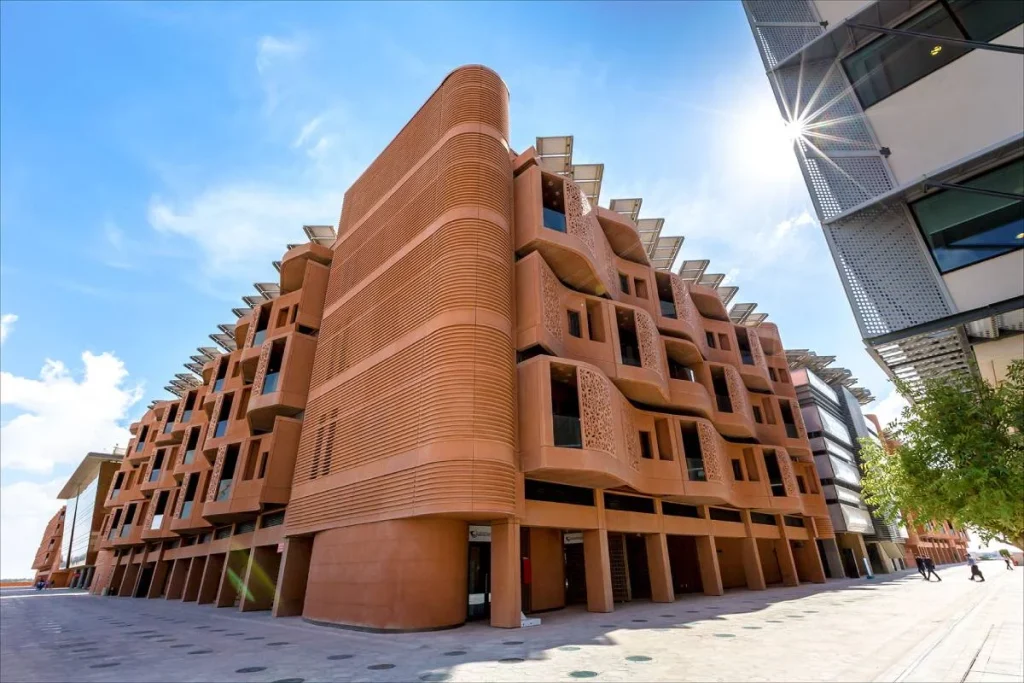
The strategy of the city of Masdar and its creators is to implement a sustainable development model in communities that is pioneering in Abu Dhabi. The key to making this happen lies in the construction of the buildings and the technologies applied in each of them. This is why some towers were built with a base bag underneath that is filled with wind and serves as a natural insulator.
Some of these architectural works vary in their shape and resemble “inverted trapezoids” to avoid direct sunlight and thus prevent the glass from overheating. The color of the facades also influences this site, where some homes have a soft terracotta color to reduce dirt accumulation and require less maintenance.
How the city of Masdar was constructed.
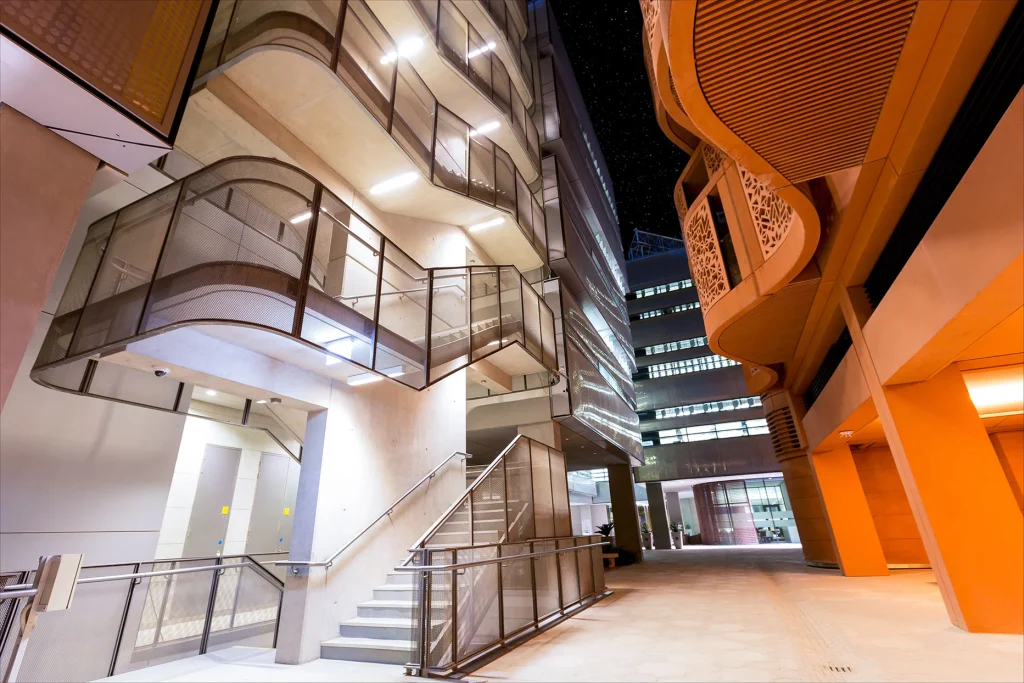
As mentioned earlier, the buildings of Masdar City have special materials that allow for greater distance from heat. For their construction, low-carbon cement was used, which enhances water and energy savings and 70% of construction waste was reused. To add more characteristics of this enclave, the use of solar panels on rooftops is also noteworthy. Solar energy is valuable in this city, and there is a solar farm on the outskirts that supplies energy to the city, although not entirely.
Despite these characteristics, this site has not been integrated into Abu Dhabi. This project started in 2008 and is home to 4,000 people, including students from the Mohamed bin Zayed University specializing in artificial intelligence and workers from the International Renewable Energy Agency. Despite its constant growth, the original project is still not complete, and those fortunate enough to visit it claim that it is an “open-air laboratory.”

